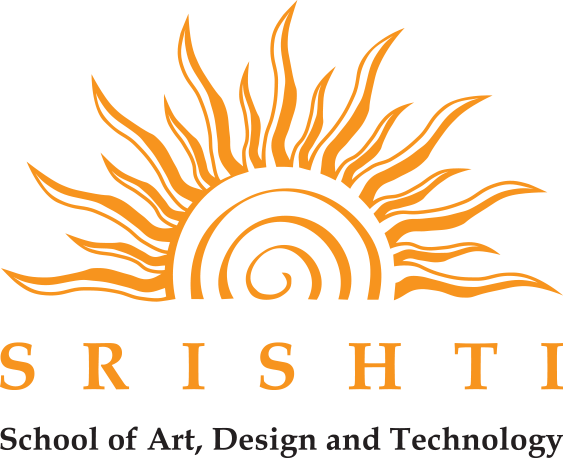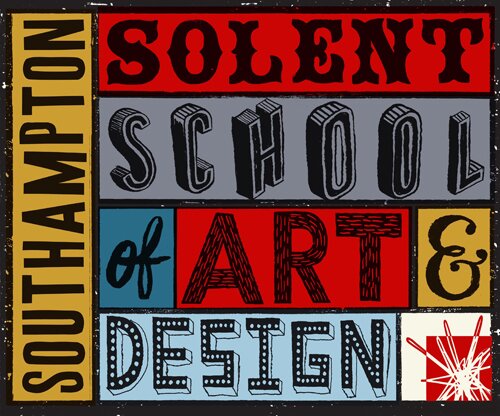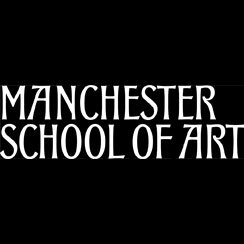
Sadaf Chugtai
Beaconhouse National University (BNU), Lahore Pakistan
Sadaf Chughtai has a BFA in Design Arts from Concordia University, Montreal, Canada and an MA in Art and Design Studies from Beaconhouse National University (BNU), Lahore Pakistan. Sadaf’s practice is mainly in print media and photography. She had her first solo exhibition of photographic works in 2010 at Rohtas 2 Gallery and has consistently participated in several group exhibitions since. Sadaf is interested in material culture and the manifestations/interactions of history in the everyday, particularly in the urban context of the city of Lahore. She is currently Assistant Professor at BNU, and also works as a freelance designer and photographer.
Abstract:
Engaging Lahore with Manto and Co.
When the neighborhood was set on fire, everything burnt down with the exception of one shop and its sign. It said, “All building and construction material sold here.”
- Saadat Hassan Manto
Living in Lahore it is impossible not to engage with history and its visuality. The conglomerate of vernacular and historical structures of the old walled city are scripts overwritten by the city’s dwellers, on the city’s parchment; an intricate web of space, location and memory.
My childhood memories are full of frequent visits to Lahore’s walled city, and today I photograph, interview and dig through archives of images in search for meaning. I read Manto who reminds me that nothing has changed; we are still in constant flux, the displacement is not over yet. As a teacher I face the students resistance to draw, to avoid the
immediate and the historical. To design students in Lahore “illustration” implies a stylized Superhero or Bugs Bunny. Oblivious to the narratives around them because they lack one themselves, they are displaced.
As a teacher I place the immediate, the city at the heart of both academic and visual inquiry. We work together to construct a research approach to illustration. My own visual practice runs parallel. Together we visit historical places reading Manto and excerpts from the Ain-e-Akbari, traveling through time. We come back to the studio inspired to write our own stories and embark on visualizing them, developing illustrated story-boards with fresh insights.
This paper will reflect on these student projects and the research process. It will feature students’ visual narratives, sketches, photographs and writings and will explore methods of creating new chronicles of an ancient city. The process and the results unfold formal and conceptual discourses of illustration, the importance of illustration as a narrative device, the impact of technology in the representation of the self and the place of history in a global context.







